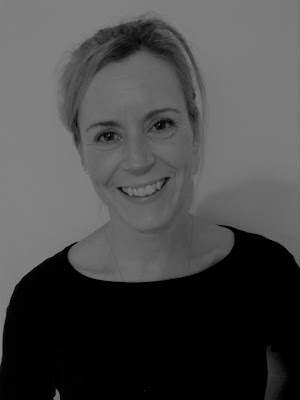Some returners think that a skills-based CV would be a good idea to try to 'hide' the career break. However, we wouldn’t advise this approach as we find that recruiters usually find it irritating to have to piece together your work history. It’s also worth noting that if you’re applying to a returner programmes, your application may be passed over if you cover up your career break.
We recommend sticking with a clear structure, such as this:
- Heading: personal & contact details
- Profile
- Key skills (optional)
- Career history
- Education / training
- Languages (if fluent)
- Interests (optional)
Heading
- Don’t use the heading “Curriculum Vitae”, as the sifting software typically used in recruitment these days may think that this is your name!
- Instead put your name as the central heading, with your contact details (email/phone) underneath.
- Don’t include a photo or your date of birth, age, gender, marital status or details about your children as these have become inappropriate on CVs following discrimination legislation.
Profile
- Open with a profile statement, describing in 2-3 sentences the highlights from your background and qualifications, adapting this to the job opportunity as much as possible.
- State you are returning to work after a career break.
- If you are shifting sector/role, you can also state that you are looking for opportunities in [target sector]. Otherwise you don't need an objective.
Key Skills (optional)
- For each job application, tailor your skills to fit the requirements set out in the job description. Try to use their key criteria words, as the first CV screen may be performed automatically by keyword sifting software. It also means that the recruiter does not have to work as hard to understand why you would be right for the role.
- Avoid a laundry list of generic skills (strong team player, highly-motivated, etc.) as this won't impress anyone! Use specific skills such as strategic planning & implementation, procurement, digital media marketing, etc.
- In this section, list your experience in reverse date order
- For each job, give 3-5 bullet points for specific achievements and contributions, not just your responsibilities. Quantify achievements if possible.
- If you have a long career history, it's fine just to list early career role titles.
- Include your "Career Break" as a section with dates. You can include a reason for your break (e.g. parental career break; career break for caring responsibilities) but you don't have to.
- Include any work you have done during your career break, including running a business (no matter how small!) and freelance projects. Also include any skilled volunteering roles you held during that time (e.g. School Governor, Charity Treasurer). A LinkedIn study from 2011 found that 41% of hiring managers consider volunteer work to be equally as valuable as paid work, so don’t hide this experience in a voluntary work section at the end.
- In addition to your highest-level qualifications, include any relevant training you have completed during your career break, even where this was a short and/or online course.
- If you don't have recent work experience, but your break has included significant further education or professional qualifications, you may like to put this section before your career history.
- There is no need to include your A-Levels, GCSEs (or O-levels) or school (unless specifically requested to do so)
- Don’t list bland interests (e.g. reading, cinema, etc.). Only include those that are relevant, unusual or impressive (e.g. society memberships, triathlons, etc.), otherwise there’s no need to include an interests section at all.
- Appearance: Use font size 10-12 and write in the third person with no pronouns, for example: “Reduced the month-end accounting timetable by 3 days”.
- Length: Keep your CV to 2 sides and aim for about 1,000 words. This means you need to include only the most important pieces of information, so prioritise and leave the rest out.
- Format: Make sure the CV looks good on the page and that the formatting is perfect. When emailing your CV, it is best practice to send it as a pdf to avoid any ‘format jumps’ that can result from viewing an editable document (such as a Word document) on a different device.
- References: It’s no longer necessary to give details of references or to say "references available on request", so leave this out.
- Grammar / spelling: Check that there are no spelling or grammatical mistakes and that you have been consistent in tense with all your verbs. When you are happy, ask a friend to look over it for you with a fresh pair of eyes for any errors you may have missed.
For further advice and support in your return-to-work journey, you can sign up to our free network here.
Note: Original post from 2014; updated in May 2018



